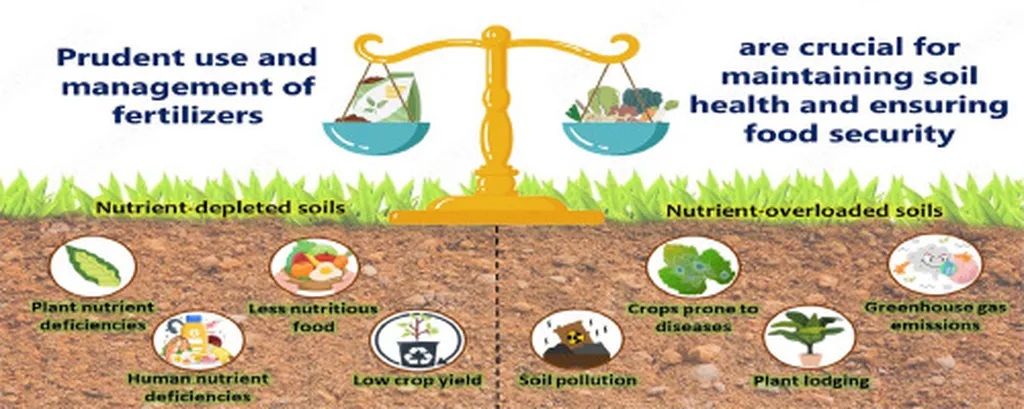In the heart of Southeast Asia, a groundbreaking study is unraveling the intricate dance between soil bacteria and leguminous plants, with implications that could revolutionize sustainable agriculture and the energy sector. Led by Tarnee Phimphong from the School of Biotechnology at Suranaree University of Technology in Thailand, the research delves into the type III secretion system (T3SS) of Bradyrhizobium bacteria, shedding light on how these microscopic partners influence the growth of peanuts (Arachis hypogaea) and Vigna species (V. radiata and V. mungo).
The study, published in the journal “Applied and Environmental Microbiology” (translated from Thai as “Journal of Applied and Environmental Microbiology”), explores the genetic diversity of Bradyrhizobium strains isolated from Lao PDR and their symbiotic relationships with intercropped legumes. The findings highlight the critical role of T3SS in modulating nodulation, a process essential for biological nitrogen fixation, which is a cornerstone of sustainable agriculture.
Phimphong and her team sequenced and analyzed seven Bradyrhizobium genomes, identifying putative effector proteins (T3Es) across five distinct T3SS groups (G.1–G.5). These groups were classified based on the sequence of the rhcN gene, a conserved ATPase gene crucial for T3SS function. The phylogenetic analysis of rhcN revealed that it more accurately reflects the evolutionary relationships of nodulation genes compared to traditional methods based on 16S rRNA or whole-genome comparisons.
“Our findings underscore the symbiotic relevance of the T3SS and its role in shaping the evolutionary trajectory of Bradyrhizobium strains,” Phimphong explained. The study’s functional assays using rhcN mutants uncovered group-specific effects on nodulation. For instance, G.1 strains had neutral effects on peanuts, negative effects on V. radiata, and positive effects on V. mungo. In contrast, G.2 strains consistently promoted nodulation across all hosts and lacked effectors related to the SUMO (small ubiquitin-like modifier) pathways, which are implicated in host defense regulation.
The research also identified novel candidate genes influencing symbiotic signaling and compatibility, offering a foundation for future functional studies. “The diversity in T3SS organization, effector composition, and symbiotic responses among native Bradyrhizobium strains opens up new avenues for developing targeted inoculants for legume hosts,” Phimphong added.
The implications for the energy sector are significant. Legumes, which are crucial for biological nitrogen fixation, play a vital role in sustainable agriculture. By understanding the genetic organization and evolutionary patterns of T3SS genes, researchers can develop more efficient rhizobial inoculants. These inoculants can enhance crop yields and reduce the need for synthetic fertilizers, contributing to a more sustainable and energy-efficient agricultural system.
Moreover, the study’s findings highlight the potential for horizontal gene transfer and functional adaptation in shaping the diversification of T3SS genes. This knowledge can inform the development of more targeted and effective microbial inoculants, supporting the growth of leguminous crops and improving biological nitrogen fixation.
As the world grapples with the challenges of climate change and food security, the insights from this research offer a beacon of hope. By harnessing the power of symbiotic relationships between soil bacteria and leguminous plants, we can pave the way for a more sustainable and energy-efficient future. The study’s findings not only advance our understanding of legume–Bradyrhizobium symbiosis but also open up new possibilities for innovation in the energy sector.

